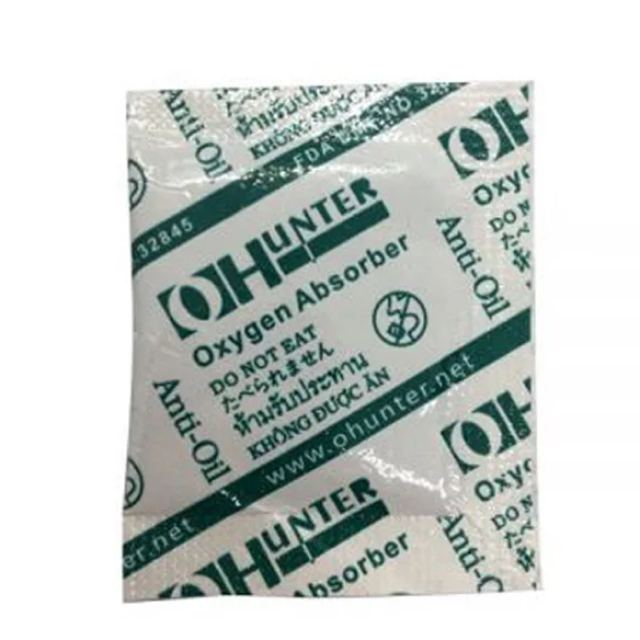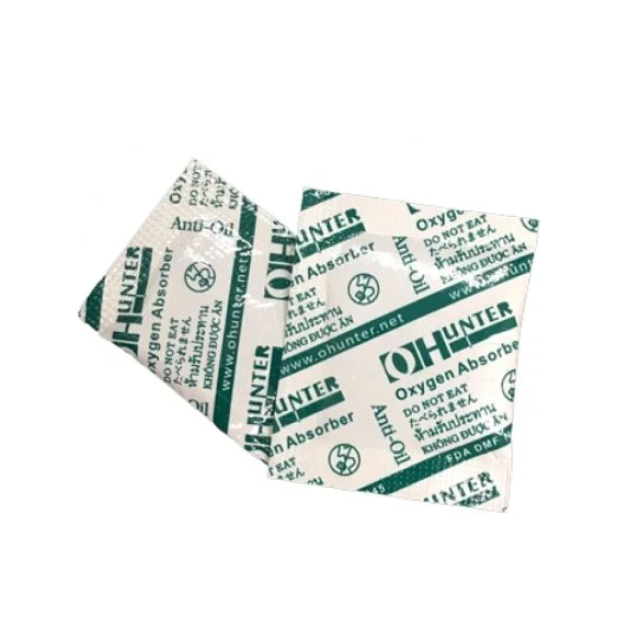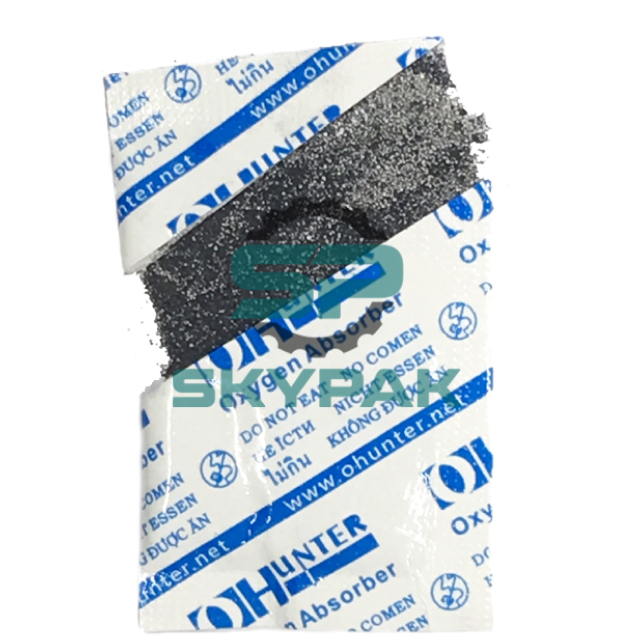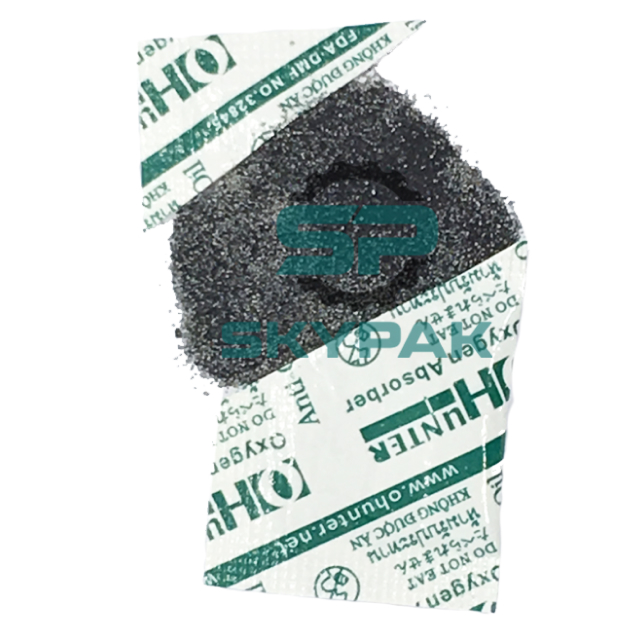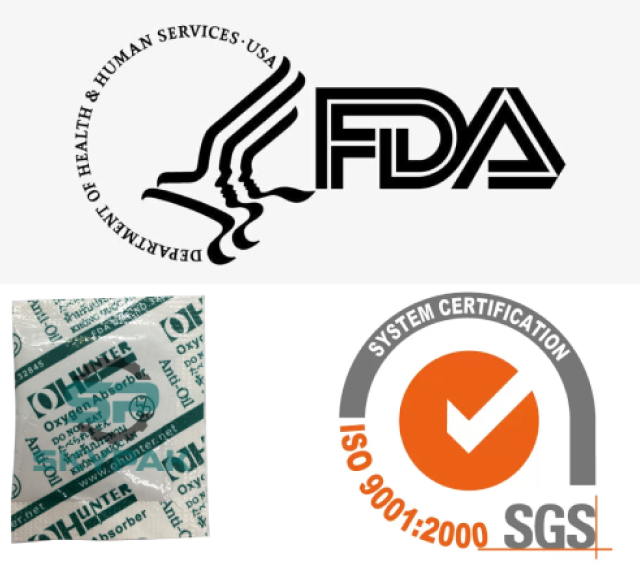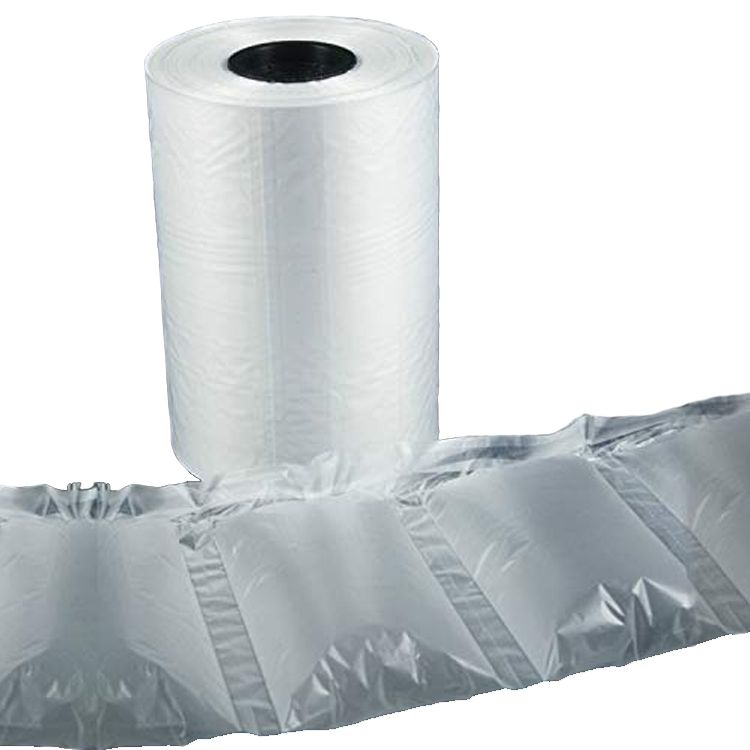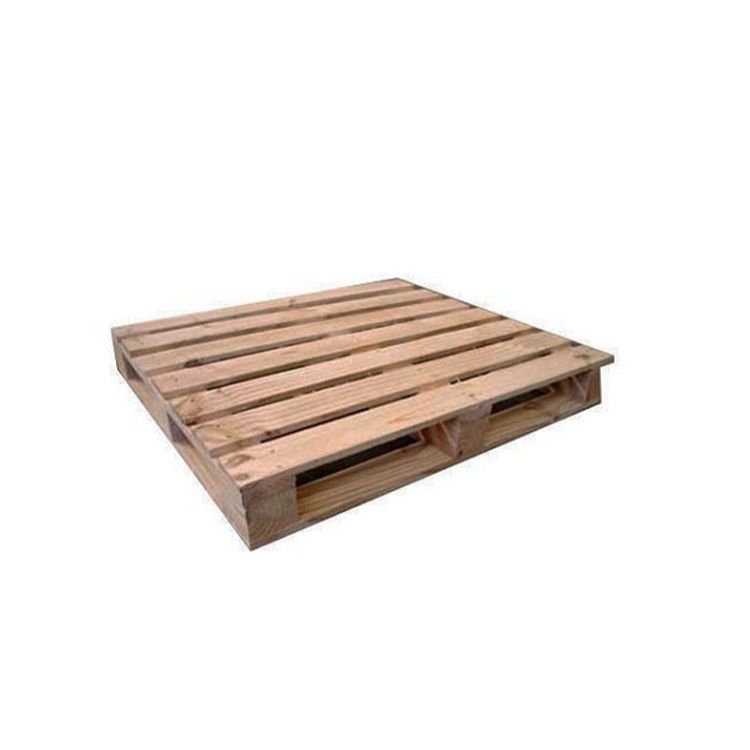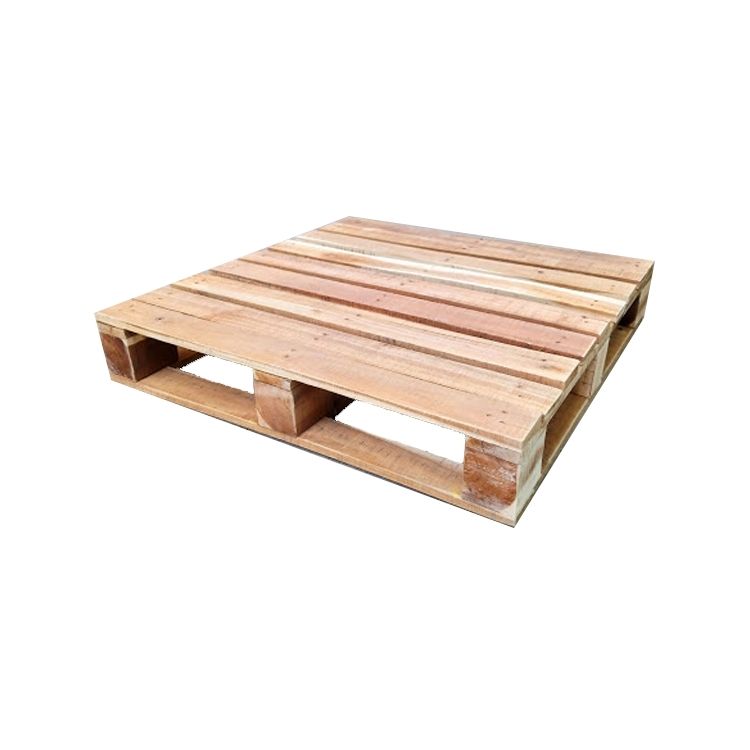Most termites are attracted to any food source that contains cellulose, which is the main component of wood. Therefore, industrial wooden pallets will be a potential target for insects and termites if they are not handled and stored properly.
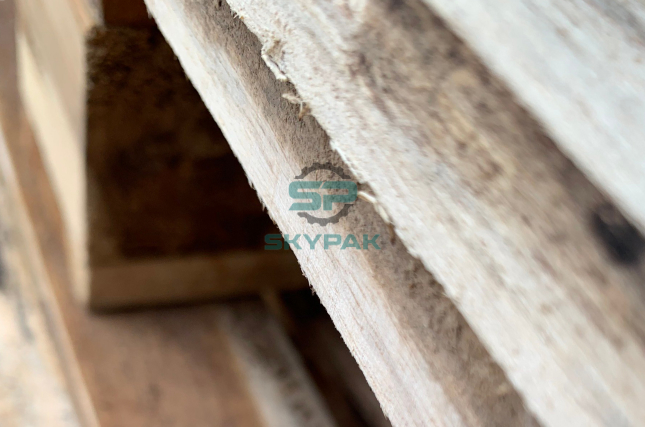
3 common types of termites that damage industrial wooden pallets
Termites are pests that feed on wood and live in nests or colonies similar to ants. Termites are often confused with ants, but they can be identified by their straight antennae, thick waist, and four wings of equal length. Here are the 3 types of termites that have the most impact on wooden pallets
Damp wood termites
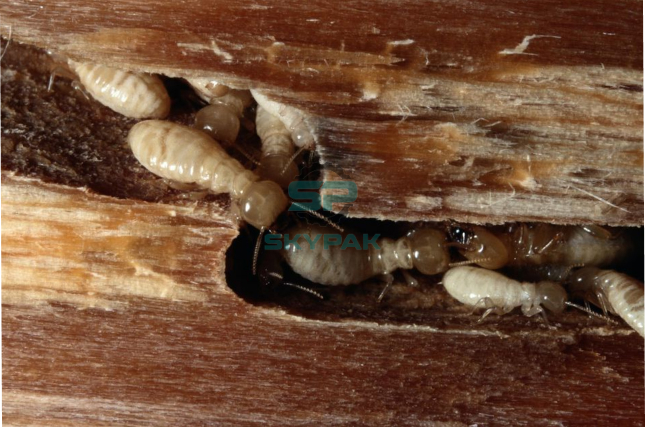
Dampwood termites are a type of wood-eating termites that often attack damp, rotting wood. Not only do they affect wooden pallets, but they can also cause significant damage to homes and other structures. Dampwood termites prefer to live in high-moisture wood, so they are often found in humid spaces and areas with high humidity.
Dry wood termites
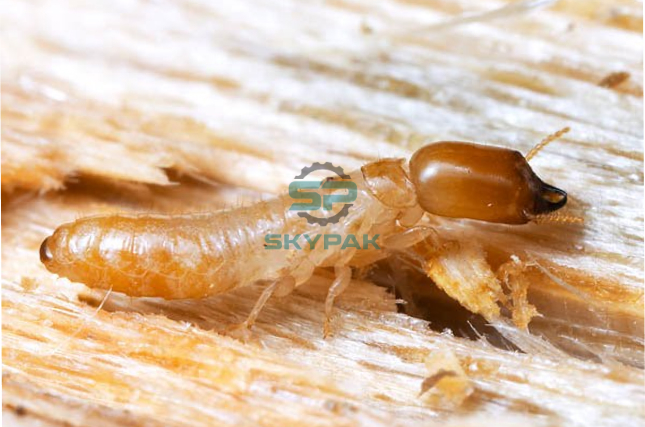
Drywood termites are a type of wood-eating termites that often attack dry, mature wood. Drywood termites prefer to live in low-moisture wood, so they are often found in dry areas of the home.
Subterranean termites
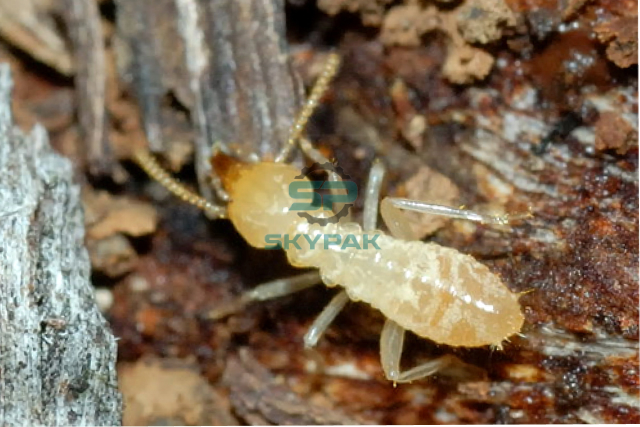
Subterranean termites are a type of termite that live in the soil. These are considered the most destructive termites and they can cause significant damage to homes, wooden materials, and other structures. Subterranean termites like to live in the soil, so they are often found in walls, wooden materials, and other areas that have direct contact with the ground. Especially industrial wooden pallets placed directly on the ground without millet material, are very vulnerable to this type of insect attack.
What makes industrial wooden pallets attract termites?
Termite species often make their home by burrowing into the ground or into wooden structures to feed on cellulose. Industrial wooden pallets can become a primary environment for termite colonies if the wood is not treated or maintained properly. Some of the factors that attract the growth of termites include:
Untreated, disinfected pallets
Disinfection treatment is the process that ensures that all insects and larvae on the pallet are destroyed by heat or chemicals in accordance with ISPM-15. The pallet can then be used for international freight. Therefore, for pallets that are not or have not been properly treated with ISPM-15 standards, storing for a long time will create conditions for insects to multiply and develop.
Humidity at pallet storage
Termites are easily attracted to moisture. Plumbing leaks can also lead to serious wood pallet rot if left untreated. You also need to make sure that the floor where the wooden pallets are stored should be well-ventilated and dry, even removing any spaces that could allow moisture to build up.
Broken wooden pallets
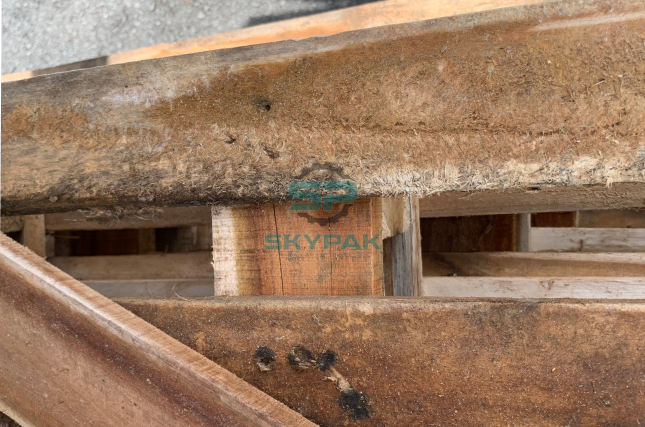
Termites, ants, and other pests can often be found in damaged wooden pallets. Broken pallets make a perfect habitat for these pests, as it is damp and damaged. Therefore, it is advisable to remove damaged wooden pallets from pallet storage as soon as possible.
Geographical area
Geography is also a factor that attracts termites. Different areas have different species of termites. So, if your business is located in an area prone to termites, your wooden pallets are at a higher risk of damage. Geography can also affect the severity of an infestation. If your business is located in an area with extreme weather conditions, such as frequent rain or storms, you may be at a higher risk of being severely impacted by termites.
Pests and termites grow and spread very quickly, from one area to another, even from one country to another. The industrial wooden pallets are attacked by termites, which not only adversely affect the remaining pallet, but also affect the quality of goods packed on the pallet. Therefore, businesses need to take measures to handle pallets and store them properly to prevent this.











